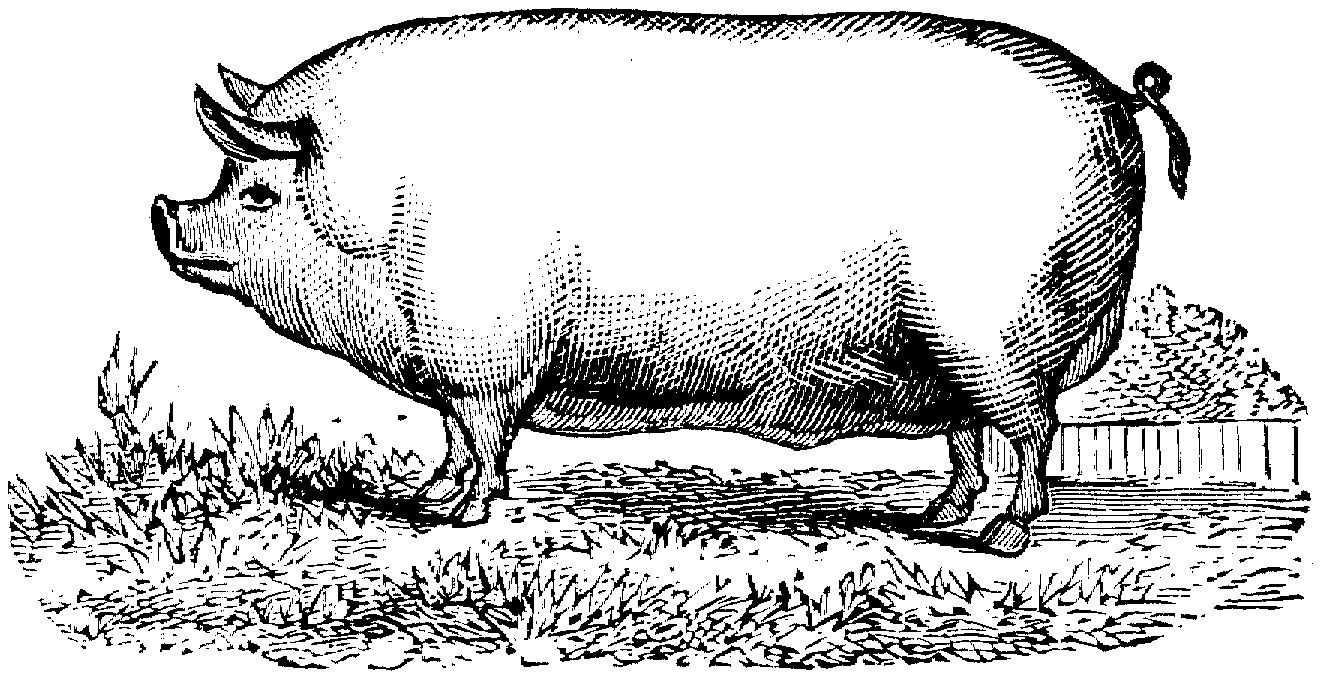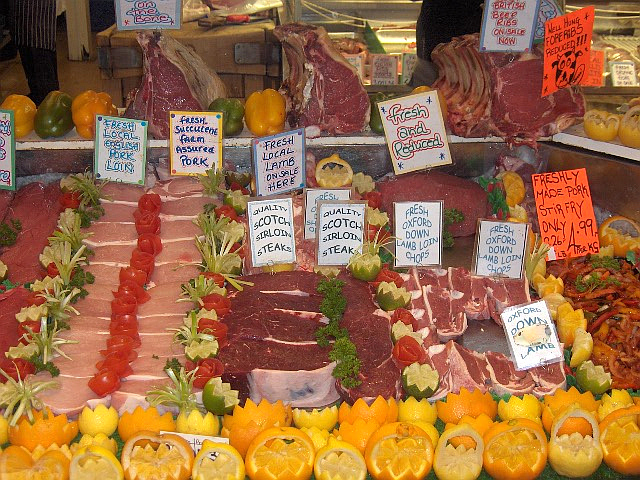Notes from the Edge (of the Forest of Dean)
Making Sausages.
 When I was about two, my dad introduced me to the sausage. He used to sing me a parody of the old Scottish song “I love a lassie”. It went:
When I was about two, my dad introduced me to the sausage. He used to sing me a parody of the old Scottish song “I love a lassie”. It went:
I had a sausage
A bonny, bonny sausage
And I put it in the oven for my tea
So I went down the cellar
To get my umbrella
And the sausage ran after me
If he was trying to encourage me to eat up my sausage, he needn’t have bothered. It was love at first bite. I’ve been eating them ever since.
I’m talking about sausages from the British Isles made from pork. I shall save the myriad other varieties, including puddings and haggis, for another day.
This article may appear to be a tad academic. You can’t personally take sausages out of the country and if you could, no other country will let them in. It would be easier to export Kalashnikovs. So you will have to make your own. I have. I’ve done it once and therefore am an authority on the subject.
I will start by giving you a brief discourse on the British Sausage. Most of the sausages we eat are made in factories and are pre-packaged. Over the years, the food producers have taken some diabolical liberties with them. Beware of anything marked “economy” or “value”. They contain all sorts of horrors. Be very, very frightened of anything marked “catering sausages”. Treat them as if they were control rods from the local nuclear power plant. Evacuate the area immediately. However, pre-packaged “snorkers” can be extremely good and are easy to locate and enjoy. You just need a bit of knowledge of food labeling and what should and shouldn’t be inside the packet.
Sausages were one of the first mass-produced convenience foods. The advent of the railways and discoveries in food preservation meant that they could be made in the countryside and sold in the cities the next day without refrigeration.
There was a sausage factory a few miles away from where I now live. Pigs used to arrive by train and be driven across the street by whatever the porcine equivalent of a shepherd is. They regularly used to escape. Their liberty was normally short-lived as the locals would appropriate them for themselves, a practice not without its dangers. Pig wrestling is not advisable. The pig thinks it’s a game, gets overexcited, loosens its bowels and you get covered in the consequences. In addition, the local magistrates took a dim view of what they, unsportingly, regarded as theft.
The pigs that didn’t provide entertainment for the locals would trot into one end of the factory and reappear at the other as breakfast, lunch and dinner. Not just sausages but bacon, hams, brawn, black pudding and pies too. There is very little that goes to waste on a pig.
My advice on buying pre-packed sausages is simple: read the label. If they are any good, they will contain between 80% and 95% pork. The best ones use a combination of belly and shoulder.
Of course, the type of pork is important. My favourite breed is Gloucester Old Spot. They all live locally, stubbornly refuse to be intensively farmed and taste very porky. This quality is, of course, reflected in the price. They also make very good chops – but don’t tell them as they are quite sensitive animals.
The remaining 5-20% of your sausage will consist of breadcrumbs, herbs and spices. Egg, in small quantities, is sometimes used as a binding agent. They will also contain preservatives.
Preservatives are a necessary evil. In fact the word sausage comes from the Latin salsicius, meaning to preserve with salt. If you are in the business of producing them on a commercial basis, you can perfectly preserve a sausage using small quantities of salt, ascorbic acid (Vitamin C) and Sodium Metabisulfite (used by brewers and winemakers and incredibly effective at killing off nasties).
Natural skins (made from intestine) are still used, but mainly by specialist butchers. The synthetic skins that are normally used in pre-packed brands are edible and do no harm.
Varieties such as pork and leek may have less meat. The gluten-free varieties are nearly all meat but somehow miss the spot.
Until fairly recently, buying sausages from a butcher was a dicey old business. You never quite knew what they were putting in them. Horsemeat and even sawdust were not totally uncommon. Then two things happened. Firstly, most of the butchers went out of business because of competition from supermarkets and, secondly, the British started paying attention to what went into their food.

The remaining traditional butchers tend to be (and sell) high quality joints. Some are absolutely superb. They all sell sausages, in many varieties. The labeling regulations are different from pre-packed, so they normally only display the meat content and the obligatory notice that “all our sausages contain preservatives”. Most butchers will quite happily tell you the exact contents if you ask, although you may get some old flannel about “a secret blend of herbs and spices”. You could try invoking the Freedom of Information Act.
Every butcher I’ve been to recently has a sign up saying his sausages are “champion”, “award winning” or “voted best” at some ceremony or other. They can’t all be winners, can they?
Upon investigation, I have discovered that there are dozens of awarding bodies with scores of categories. It’s a bit like professional boxing.
How do we know that a World Sausage Council Cumberland Whorl (Sausages tend to be named after their place of origin) is better than an International Sausage Federation Newmarket Chipolata?
Something must be done. I propose a series of unification bouts, culminating in a run-off for the undisputed sausage Champion of the World. I could be the Don King of sausage contests. The worry is that in the final, the Brit will end up being battered senseless by an American. That’s what usually happens.
As I’ve said, all this is academic. If you could actually get the import / export licenses sorted out, by the time you have paid the tariff, air-freight and refrigerated forwarding costs you would end up with the $100 sausage. However, there is no need to hire an international sausage smuggler. I have the answer.
The finest sausages I have ever tasted were made by me, in my kitchen, last Tuesday. You can’t have any, I’ve eaten them all, but I will tell you how to make them:

